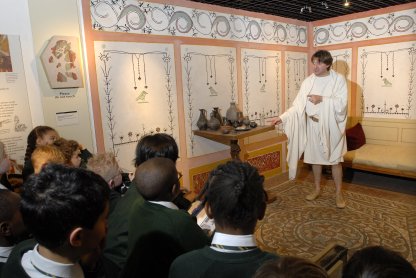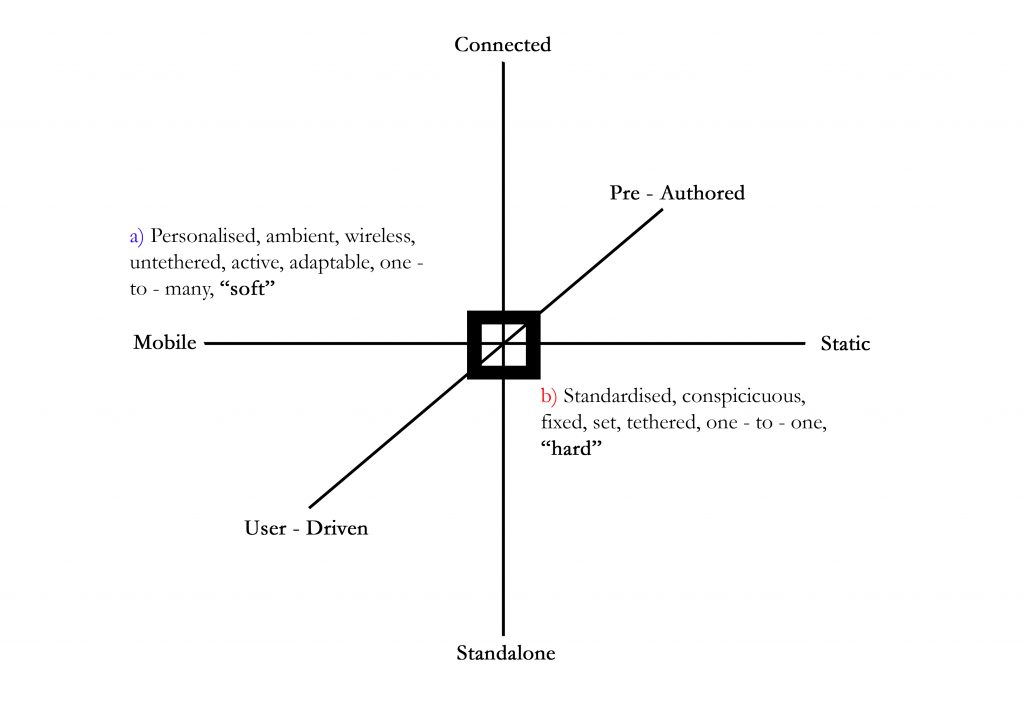Read the full research report (PDF)
Impact of Empires was the focus of my dissertation for the MA Museums and Galleries in Education which I completed in 2010. Combining object handling, drama and in gallery digital activities, the research explores the symbiotic nature of museum learning, the distinct characteristics of mobile technologies used in galleries and how their impact on learning can be evaluated. Drawing on Laurillard, Cook and Winters, the pedagogic strategies employed and challenged by technology are investigated as the foundation for developing museum educators’ practices.

The Impact of Empire study day forms a part of the Museum of London’s secondary school programme. The day takes advantage of the Museum’s collections which represent London as a both subject and ruler within empires. Using the extensive Roman collections at the museum students explore how, as a province of the Roman Empire, native British culture was defuse, displaced and generative of new forms of living under Roman influence. Likewise, with collections from the Seventeenth century onwards, students explore how London’s role at the centre of the largest empire in history irrevocably altered people’s lives and how its legacy still resonates today.
The study day consists of three sections which enable exploration of different curriculum areas and offer the opportunity to engage students with different learning styles. The three activities, which occur in no particular order on the day as there is often more than one group and these switch between activities throughout, are object handling, live drama or a question and answer session with a man who arrived in Britain aboard the Arcania ship from the Caribbean and the e-learning component in the galleries. The separate activities are there to support each other and aim to support students’ knowledge and understanding of empires as the day goes on.

There was substantial evidence for students being highly motivated by the use of technology. From the beginning of the task students were excited about using the iPhones and continued to be focussed throughout. The majority of students cited the iPhone as the favourite part of the activity whilst others coupled with this being able to explore the galleries, showing that the two are not mutually exclusive. In total the web pages were accessed 368 times with 177 comments left by 30 individual groups. This means that students accessed on average 12 pages each and left comments on 6 of them. Over the course of 40 minutes in the galleries this is a considerable amount of work. Students required very little supervision and were keen to direct their own learning and work together, and occasionally with the gallery hosts, to explore the galleries and the theme at hand.
The potentials for creating debate, discussion and high levels of motivation through the use of handheld technologies in museums are enormous and could see a change in the way that museums consider their contextualised learning during school visits and after.
